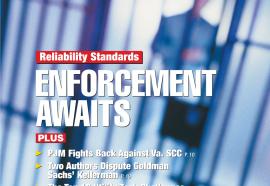The Challenge of Implementing NERC's Cyber Standard
How to develop, implement, and operate a security program.
In May 2, 2006, the NERC board of trustees adopted the Critical Infrastructure Protection Cyber Security Standard. This article provides some answers to questions in the form of security program development, implementation, and operation.










